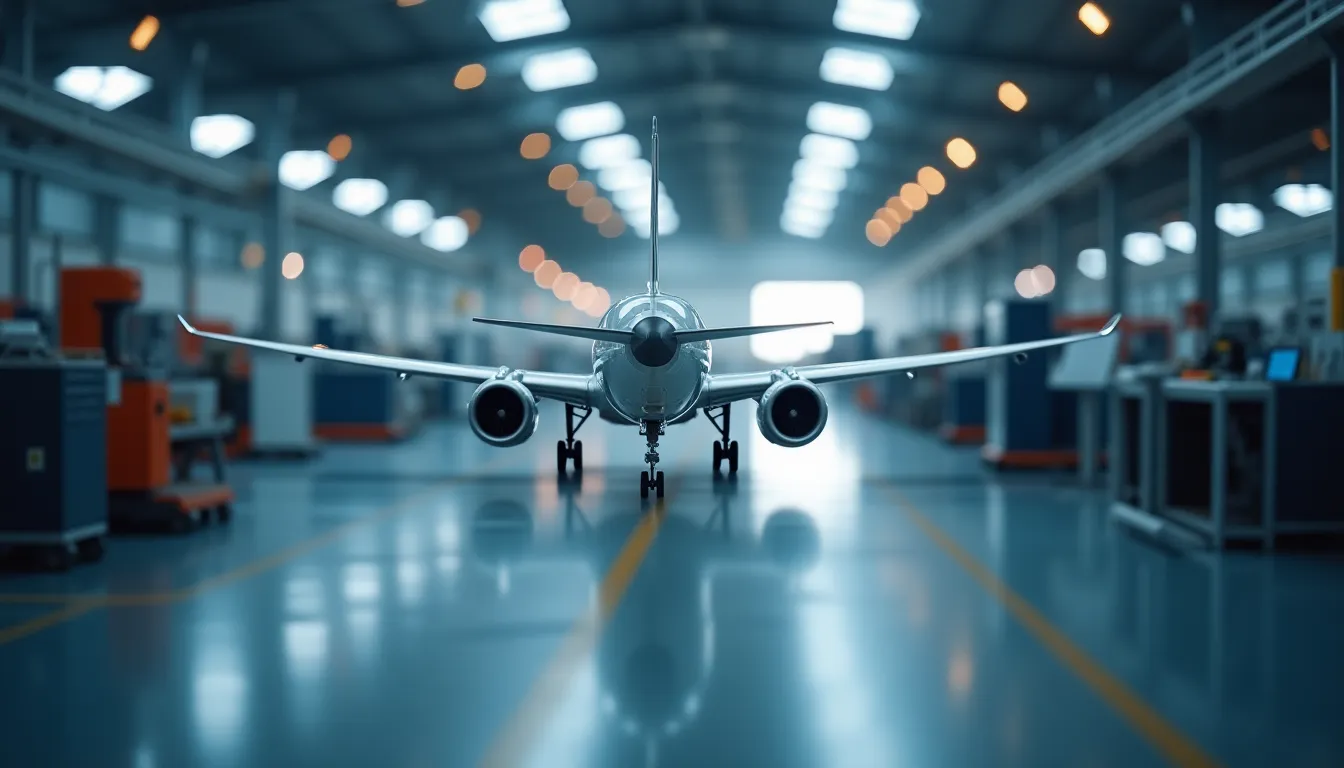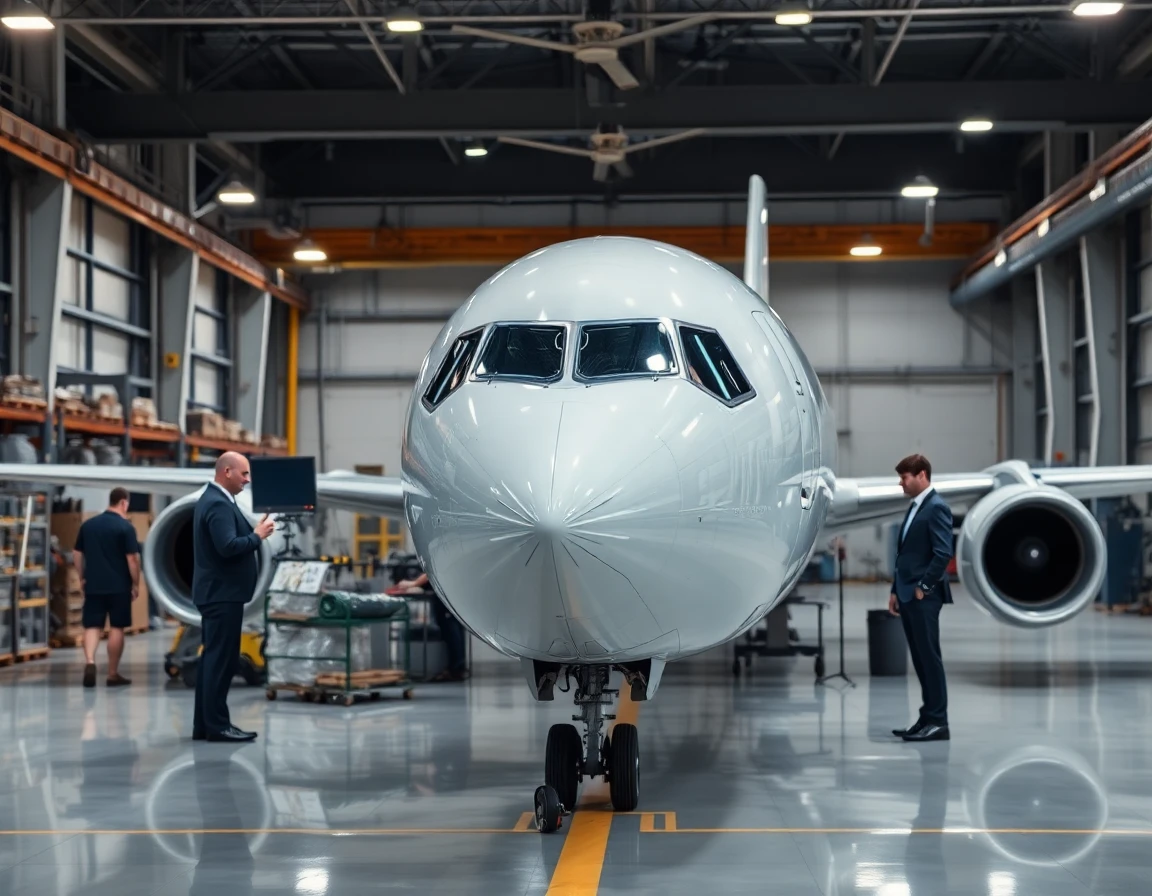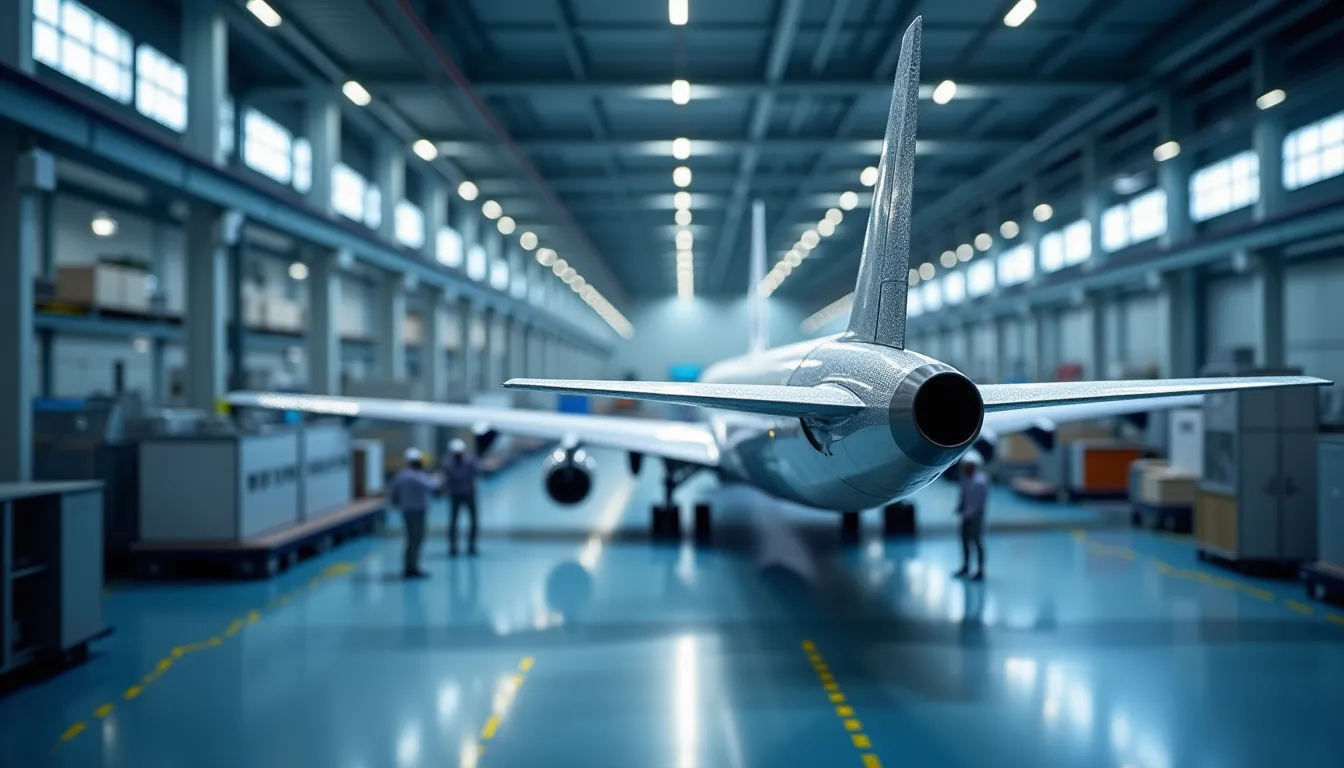The aerospace industry is undergoing a significant transformation, driven by groundbreaking advancements in aerospace materials and manufacturing techniques. As global demand for air travel continues to rise, manufacturers are not only focusing on increasing efficiency but also on enhancing safety and performance through innovative materials.
The Shift to Lightweight Materials
One of the most notable trends in aerospace materials is the shift toward lightweight composites. Traditional materials like aluminum are being replaced with advanced composites such as carbon fiber reinforced polymers (CFRPs) and thermoplastic composites. These materials are not only lighter but also offer superior strength and durability, making them ideal for modern aircraft designs.
According to Dr. Emily Carter, a materials scientist at the Aerospace Institute, “The adoption of CFRPs has allowed manufacturers to produce aircraft that are not only lighter but also designed to withstand extreme conditions. This is crucial for improving fuel efficiency and overall performance.”
Enhancing Performance with Advanced Coatings
Another area of innovation is the development of advanced coatings that protect aircraft surfaces from environmental damage. These coatings can significantly reduce drag and improve fuel efficiency. For example, superhydrophobic coatings can repel water and ice, maintaining aerodynamic efficiency even in harsh weather conditions.
Additionally, thermal management systems are being enhanced with novel materials that can withstand high temperatures while maintaining structural integrity. This is particularly important for components exposed to extreme heat, such as turbine engines.
Integration of Smart Materials
The integration of smart materials into aerospace designs is also gaining momentum. These materials can respond to environmental changes, providing real-time feedback to pilots and ground control. For example, materials that change shape or stiffness in response to temperature fluctuations can improve the performance and safety of aircraft.
Expert aerospace engineer Mark Thompson elaborates, “Smart materials are not just a futuristic concept; they are being implemented in various components, from wing structures to control surfaces, enhancing aircraft adaptability and performance.”
The Role of Additive Manufacturing
Additive manufacturing, or 3D printing, is revolutionizing how aerospace materials are utilized. This technology allows for the creation of complex geometries that were previously impossible to achieve with traditional manufacturing methods. By using additive processes, manufacturers can reduce waste, decrease production times, and create lightweight structures that maintain strength and reliability.
For example, the production of precision accelerometers has benefited from additive manufacturing, allowing for the creation of intricate designs that enhance accuracy and reduce weight, crucial for navigation and stability in modern aircraft.
Future Developments in Aerospace Materials
Looking ahead, the future of aerospace materials is promising. Research is ongoing into bio-inspired materials that mimic natural structures for improved strength and flexibility. Additionally, efforts are being made to develop fully recyclable aerospace materials in response to growing environmental concerns within the industry.
Dr. Sarah Nguyen, a leading researcher at the National Aeronautics Laboratory, states, “As we move toward a more sustainable future, the development of recyclable materials will be paramount. This shift not only addresses environmental issues but also aligns with the industry’s commitment to reducing its carbon footprint.”
Conclusion: A New Era in Aerospace Manufacturing
In conclusion, the landscape of aerospace materials is evolving rapidly, with innovative materials and manufacturing techniques setting new standards for performance and sustainability. As the industry continues to embrace these changes, the integration of advanced materials, smart technologies, and sustainable practices will be essential for meeting the demands of the future.
The ongoing developments in aerospace materials not only promise to enhance aviation safety and efficiency but also pave the way for a new era of environmentally friendly aerospace production. As these materials become more prevalent, we can expect a significant transformation in how aircraft are designed, manufactured, and operated.
References
-
aerospace materials Research - defensenews.com (defensenews.com)
-
aerospace materials Research - aviationweek.com (aviationweek.com)
-
aerospace materials Research - spacenews.com (spacenews.com)



